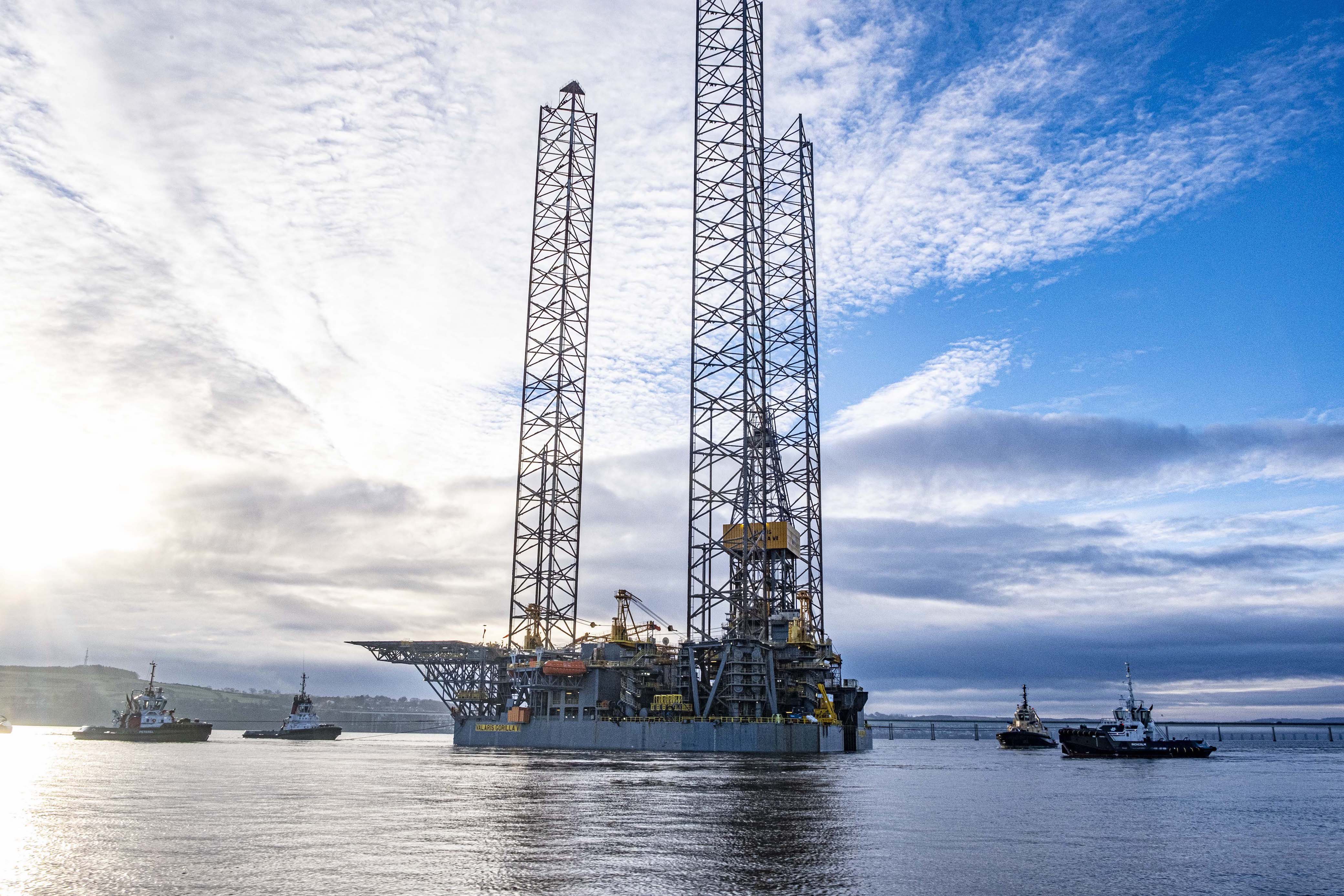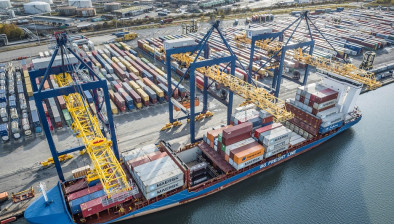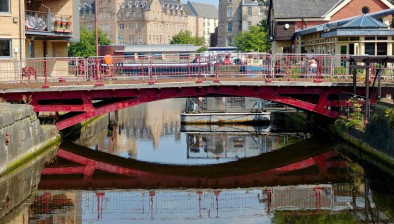Forth Ports commits to be net zero by 2042

Scotland’s biggest port operator Forth Ports has outlined a commitment for its operations to be carbon neutral by 2032 and net zero by 2042.
The company has revealed the actions it will take to reach the interim target of achieving carbon neutral emissions (Scope 1 and 2) by 2032, while creating an infrastructure platform to help accelerate the UK’s path to a decarbonised economy.
To achieve this across the group’s eight ports, the team is overhauling and electrifying equipment and machinery, switching to low carbon fuels, increasing on-site renewable energy generation and promoting low carbon delivery alternatives such as rail and barge. This is complemented by very significant investment in new port infrastructure to support the offshore wind revolution taking place in the North Sea.
- Sustainable electricity – all eight ports use environmentally sustainable sources of electricity, including on-site wind turbines at Tilbury, London’s major port. All new warehouses will have solar roof panels installed as standard, such as the recently built 100,000 square foot facility at the Port of Grangemouth freight hub. These projects are already satisfying a meaningful proportion of the ports’ power needs. A programme of rolling out new LED lighting is under way to further reduce power use across all port estates.
- Low carbon fuels – for mobile equipment and marine fleet, the strategy is to blend and utilise alternative fuels. Initially this involves the widespread use of sustainably sourced hydrogenated vegetable oil (HVO) and, as technology develops, other methods of low emission propulsion. An ongoing programme exists to introduce more fuel-efficient equipment and marine fleet across the asset base.
- Green energy ports – the group is focused on delivering low carbon logistics and large-scale port infrastructure to support green energy generation. The group has overhauled its rail offering by investing heavily in four of its rail terminals, at Tilbury, Tilbury2 and Grangemouth, alongside progressing the reinstatement of a rail connection to Rosyth as part of the Forth Green Freeport initiative. The group has invested significantly in port infrastructure to support the roll-out of ScotWind at Dundee and Leith, which will create high quality green jobs and help facilitate Scotland’s just transition to a Net Zero future. In addition, the group has recently installed shore-side power at Leith and its new development, Tilbury2, is shore-side power enabled to help drive down in-port emissions from visiting vessels.
- Scope 3 or supply chain emissions – Forth Ports is working with its supply chain to drive down the group’s Scope 3 emissions. These mainly stem from the use of steel and aggregate when constructing infrastructure or purchasing mobile port equipment and marine vessels. The business is pro-actively engaging with suppliers to find fit-for-purpose, low carbon emission alternatives. For example, the award-winning construction of Dundee’s renewables quay, called DunEco Quay, used steel pipes fabricated from reused or recycled materials. The port also created a paved storage area by reusing building and road materials from the onsite works, which avoided adding to landfill and reduced – or eliminated – road delivery miles, saving thousands of tonnes of carbon in the delivery of this project.
Charles Hammond OBE, group chief executive of Forth Ports, said: “I am pleased to lay out our plans for our operations to be carbon neutral by 2032 and to achieve Net Zero by 2042. We have already achieved a great deal in reducing our day-to-day emissions and enabling our customers to do the same. Our roadmap will aid the UK’s transition to a decarbonised economy.
“Large-scale market-ready port infrastructure is essential for the deployment of offshore wind. We have made significant progress in supporting the offshore wind sector through our initial £150 million investment programme – a key plank to enable the transition to net zero – with plans to invest significantly more as this market develops, including the infrastructure required for floating offshore wind as installations go into ever deeper seas.
“A greener future can only be achieved through collaboration. We are a supporter and champion of the UK and Scottish Governments’ clean maritime, net zero and green energy strategies and we continue to collaborate with our peers, customers and suppliers to deliver innovative and sustainable solutions as we transition to a net zero economy.”





















